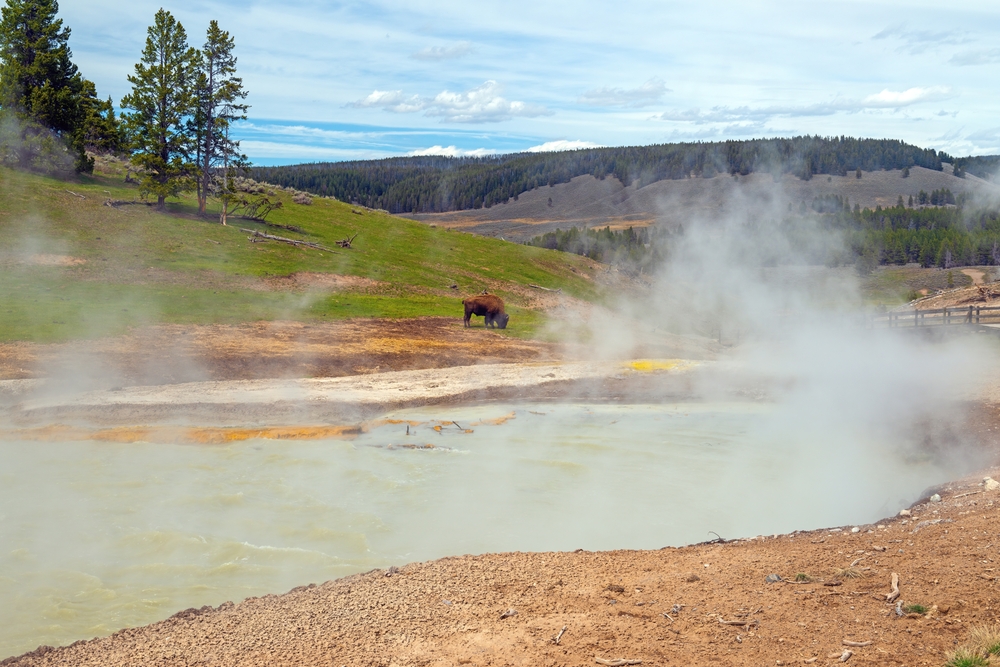The study uses advanced electromagnetic techniques.
Others are reading now
Yellowstone National Park is known for its awe-inspiring beauty and unique geological features.
It is a place where geysers erupt, hot springs bubble, and wildlife roams freely. Beneath its picturesque surface lies one of the most complex and dynamic volcanic systems in the world.
This underground wonder has been the focus of scientific study for decades, as it holds the key to understanding both Earth’s past and its potential future.
Recent research by scientists at the United States Geological Survey (USGS) sheds new light on the volcanic activity beneath Yellowstone, according to WP.
Also read
Using advanced electromagnetic techniques, the study reveals a potential shift in magma activity under the Yellowstone supervolcano, one of the largest volcanic systems on the planet.
A Shift in Magma Activity
Yellowstone’s volcanic system is fueled by a hotspot deep beneath the Earth’s surface. Over millions of years, this hotspot has caused three massive caldera-forming eruptions.
The new study suggests that the center of magma activity might be migrating northeast within the caldera, away from its current location in the park’s western region.
According to the researchers, led by volcanologist Ninfa Bennington, there may be up to 430 cubic kilometers of partially melted rock beneath the northeast section of Yellowstone.
This finding indicates that future volcanic activity could be more likely in this area. The team identified seven regions of high magma concentration, stretching from four kilometers to 46 kilometers below the surface.
The study underscores the importance of monitoring Yellowstone’s volcanic activity.
While these findings do not suggest an imminent eruption, they provide valuable insights into the dynamics of the supervolcano.
Scientists caution that more research is needed to determine if and when these magma reservoirs might lead to volcanic activity.
Yellowstone remains a critical area for geological research. As one of the most volcanically active regions in the world, understanding its underground processes is vital.
These studies help scientists better prepare for potential future eruptions while unraveling the secrets of Earth’s fiery past.


